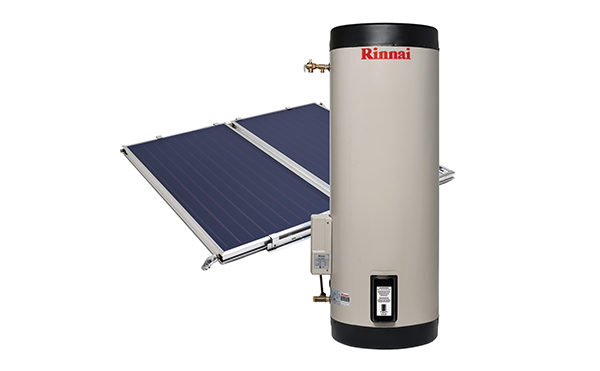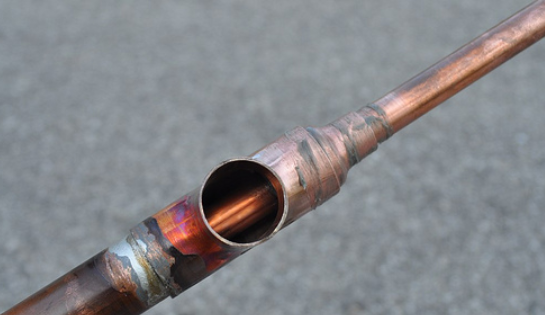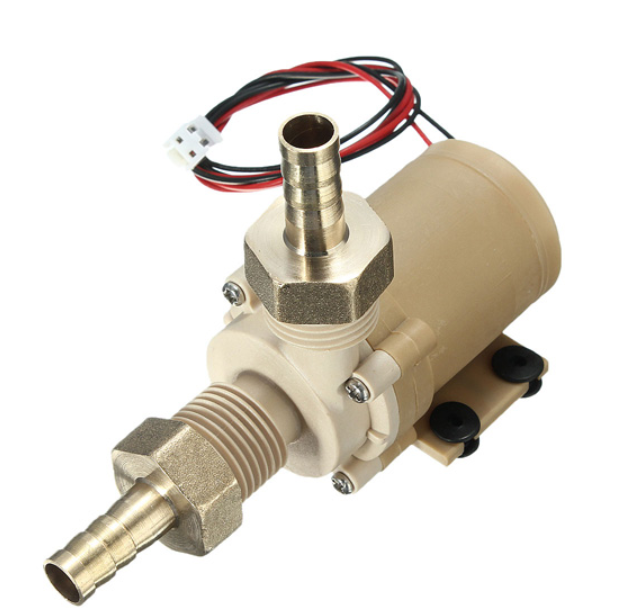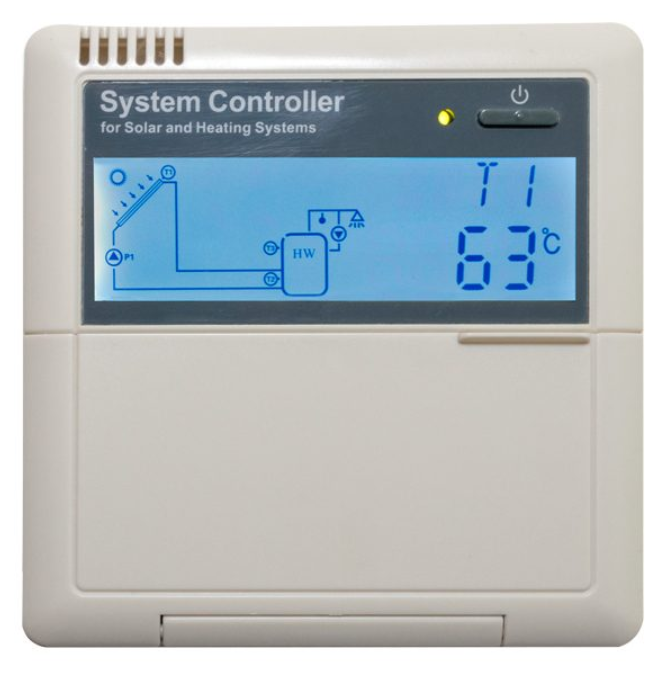The Gift of Solar Hot Water
Solar hot water systems, also called hot water solar panels, are a cost-effective approach in generating the hot water that your home needs. This setup can be used in any climate preferably sunny areas and the fuel it consumes – sunshine – is free for all.
If you’re looking to lower your yearly expenses on heating up water for your residence or commercial property, solar water heating can be a great solution. Let’s find out more about it.
How Do Solar Panels for Hot Water Work?
A solar hot water system consists of storage tanks and solar collectors. Two types of solar water heating systems exist today: active and passive.
Active Solar Hot Water Systems
This type of solar water heating system comes with its own two subtypes:
Direct Circulation – This system pumps circulated water throughout its collectors and directly into the property.
Indirect Circulation – This setup pumps a heat-transfer fluid through the collectors and the heat exchanger. This process heats up the water which then flows into the residence or commercial property.
Passive Solar Hot Water Systems
Compared to active solar water heating, passive systems are often less costly overall. The catch with them is that they are also not that efficient. However, it is possible for passive solar water heating systems to be more durable and could have a longer life span. Two basic types of passive systems are available today:
Integral Collector Storage – This type of passive system is the simplest form of solar water heating due to its storage tank being the collector as well. An ICS box works the same way as a collector box in which all three sides are insulated and has one of its side facing the sun.
Thermosyphon – With this system, water goes through its setup whenever warm water starts to rise and cooler water sinks in. Its collector needs to be installed below the storage tank so that the warm water will go up into the tank.
The Parts of a Solar Hot Water System
Homes and businesses that plan to have solar panels for hot water installed in their premises should learn what the different parts of a solar water heating system is made of. Understanding what each one does and how they work is crucial in being a responsible solar hot water system owner.
Collector
A collector is a technical term for the panel that you will have sitting on your roof. Smaller homes can do with smaller panels while the larger homes typically employ bigger ones due to their efficiency. Two types of collectors are commonly used today.
The flat plate model is the simplest collector and the most basic. Its glass works like a greenhouse wherein it traps the heat and has water run through its pipes and transferred to a hot water tank. Evacuated tubes are
Hot Water Tank
A hot water tank is a storage tank that is made to hold and heat up water for various requirements. Several types of hot water tanks are available today and their biggest difference is their approach of heating water.
Heat Exchanger
These devices are used by solar water heating systems to transfer solar power that is absorbed via the collectors to the liquid to provide heat to the water. Heat exchangers can be made of bronze, copper, steel, cast iron or
Pump
A small electric pump is needed in order for the water to flow between the collector and the tank.
Control System
A solar control system is a device which controls the pump in a solar water heating system to balance the collection of heat from the panels while keeping the system safe from overheating.
Advantages of Solar Panels for Hot Water Generation
Leveraging the energy that is produced by the sun in order to heat water can save many households and businesses money while reducing their carbon footprint.
Water heating is a major expense for numerous homes in Western Australia today. By switching to a more climate-friendly water heating system, residences can save on tonnes of greenhouse gas emissions every year while reducing their energy bills significantly.
The average household uses its water heater several times in a day maybe more. That is why it is important that you choose the most effective and efficient hot water solar panels for all of your needs. Solar WA can help you!




